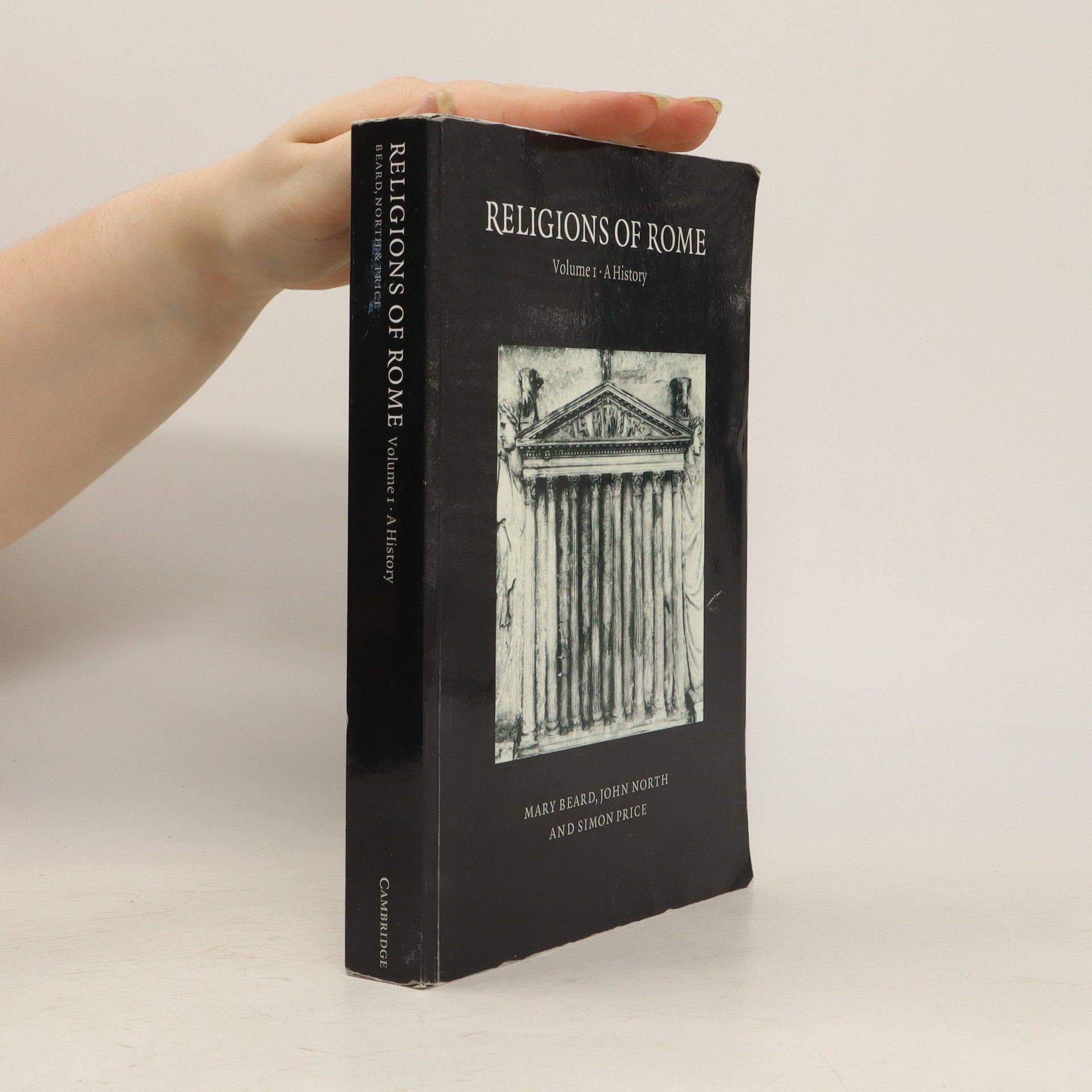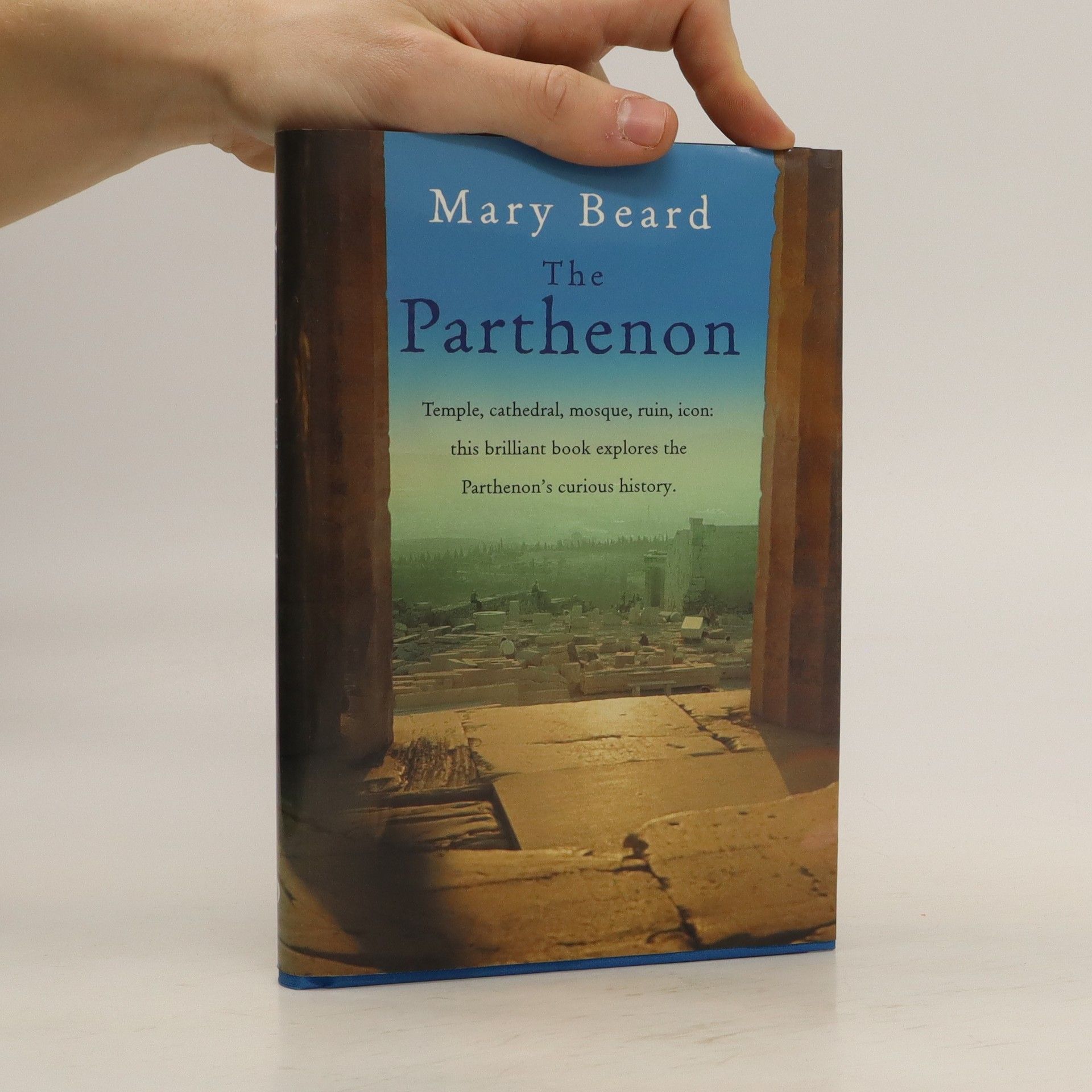Ženy a moc: Manifest
- 128 stránok
- 5 hodin čítania
Najznámejšia odborníčka na históriu antického Grécka a Ríma Mary Beard je aj feministka. So suchým humorom sa vracia k rodovým problémom a ukazuje, ako sa história zachovala k mocným ženám. Ako príklady používa postavy z antiky až po súčasnosť, píše o ženách od Medúzy a Atény po Theresu Mayovú a Hilary Clintonovú, skúma kultúrne korene mizogýnie, hlas žien vo verejnom priestore, kultúrne predsudky týkajúce sa ženského vzťahu k moci a spôsob, akým mocné ženy vzdorujú obmedzeniam mužských vzorcov.








